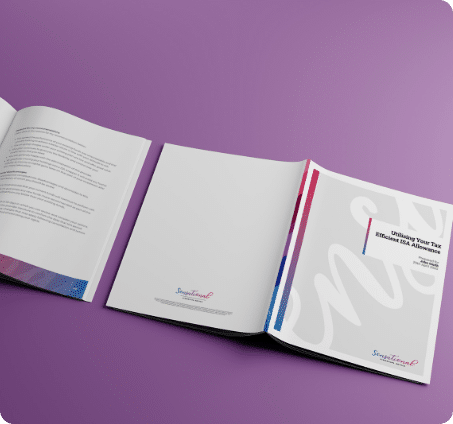The majority of reports that we view contain ‘advantages’ rather than ‘benefits’.
Advantages are often generic statements that are found in the product provider brochure. By only including ‘Advantages’ it normally demonstrates a weakness in ‘Know your Customer’ gathering and or a ‘lazy’ sales process. ‘Advantages’ are often a guess and have a ‘so what’ element to them. ‘Benefits’ however link the aspects of your recommendation and or features to the clients circumstances and views. For example:
Advantage
With this investment, switches between funds do not incur a personal liability for capital gains tax. This could be useful if you are already making use of your annual capital gains tax allowance elsewhere.
Benefit
When you make switches between funds within this investment, you will not be personally liable for capital gains tax. This is a useful benefit as you are already making use of your annual capital gains tax allowance elsewhere.
In order to explain why your advice is suitable you need to make a direct link between a feature and the clients circumstances, this means making ‘Benefit Statements’.







Do you mark your own homework?
Paul Jay Compliance assessment tool, Conduct, DB Pension, DBAAT, Defined Benefit, FCA, FOS, Pension, PI, Senior Manager, SM&CR, Switch, transfer
Most firms will have at least vague recollections of the FSA’s thematic review of pension switching and the report it produced in December 2008. It produced a flurry of activity, but as time has elapsed it has perhaps become a distant memory, despite the high volumes of replacement business that have been and continue […]